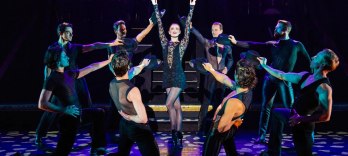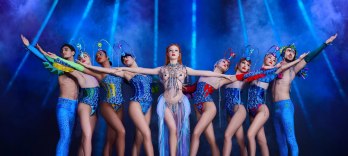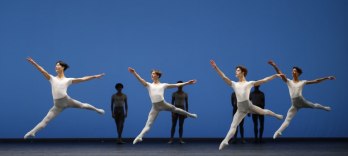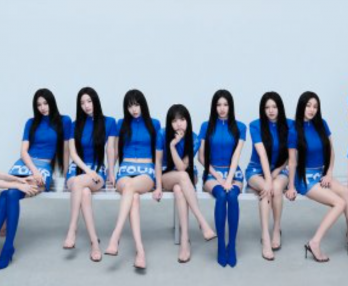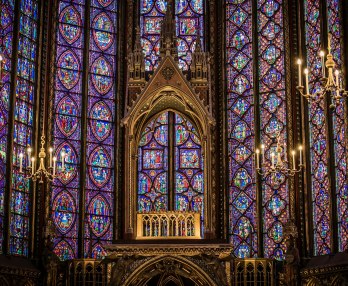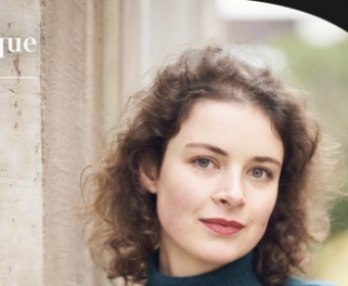Paris Opera Tickets | Paris Concerts | Paris Theaters
What's on
Casino de Paris
Paris - Casino de Paris
Tu 09 Dec 2025, 20:00 - Sa 31 Jan 2026, 15:30
Tu 09 Dec 2025, 20:00 - Sa 31 Jan 2026, 15:30
Paradis Latin
Paris - Paradis Latin
Mo 08 Dec 2025, 19:30 - Mo 29 Dec 2025, 19:30
Mo 08 Dec 2025, 19:30 - Mo 29 Dec 2025, 19:30
Paradis Latin
Paris - Paradis Latin
Th 11 Dec 2025, 12:00 - 15:45 - Su 14 Dec 2025, 12:00 - 15:45
Th 11 Dec 2025, 12:00 - 15:45 - Su 14 Dec 2025, 12:00 - 15:45
Paradis Latin
Paris - Paradis Latin
Th 11 Dec 2025, 13:30 - 15:45 - Su 14 Dec 2025, 13:30 - 15:45
Th 11 Dec 2025, 13:30 - 15:45 - Su 14 Dec 2025, 13:30 - 15:45
Palace Garnier
Paris - Paris Opera Palace Garnier
Su 14 Dec 2025, 10:30 - 13:00 - Su 14 Dec 2025, 10:30 - 13:00
Su 14 Dec 2025, 10:30 - 13:00 - Su 14 Dec 2025, 10:30 - 13:00
Cirque du Soleil
Paris - Under the Big Top Paris
Tu 09 Dec 2025, 20:00 - Su 04 Jan 2026, 11:00
Tu 09 Dec 2025, 20:00 - Su 04 Jan 2026, 11:00
Bestseller events

 EN
EN DE
DE IT
IT FR
FR ES
ES RU
RU JP
JP RO
RO
